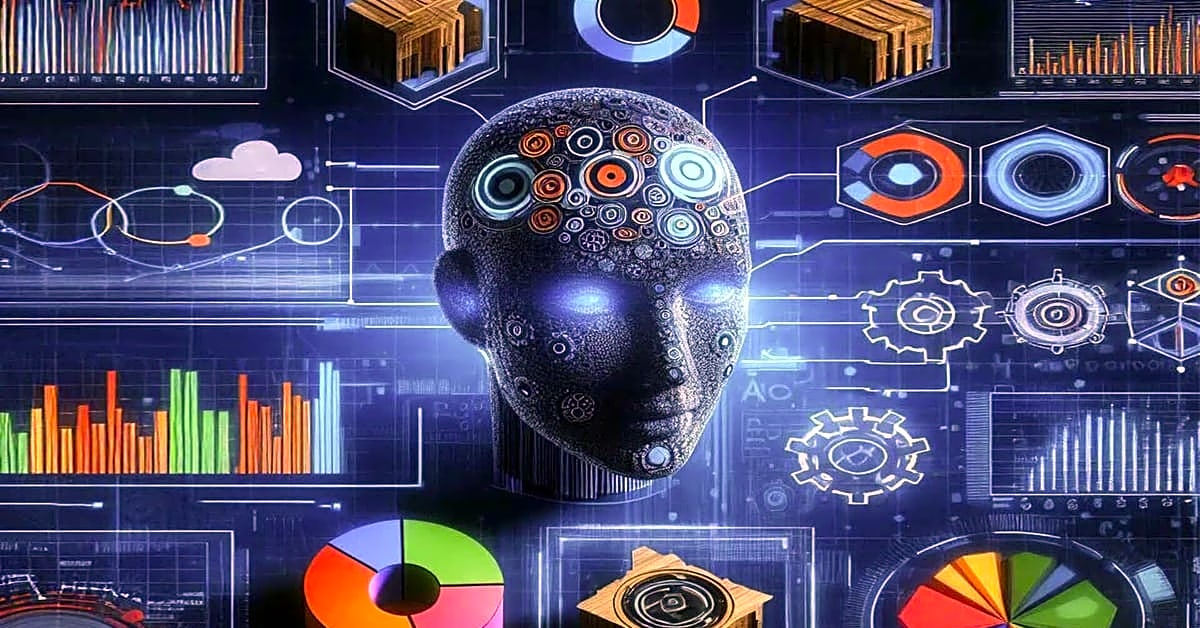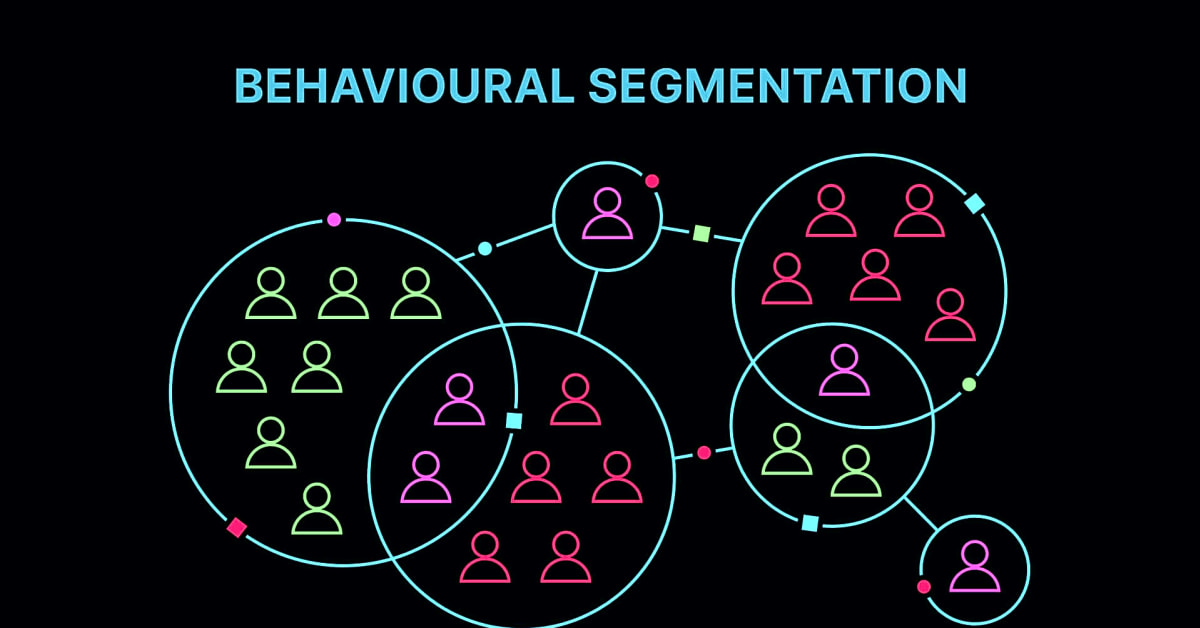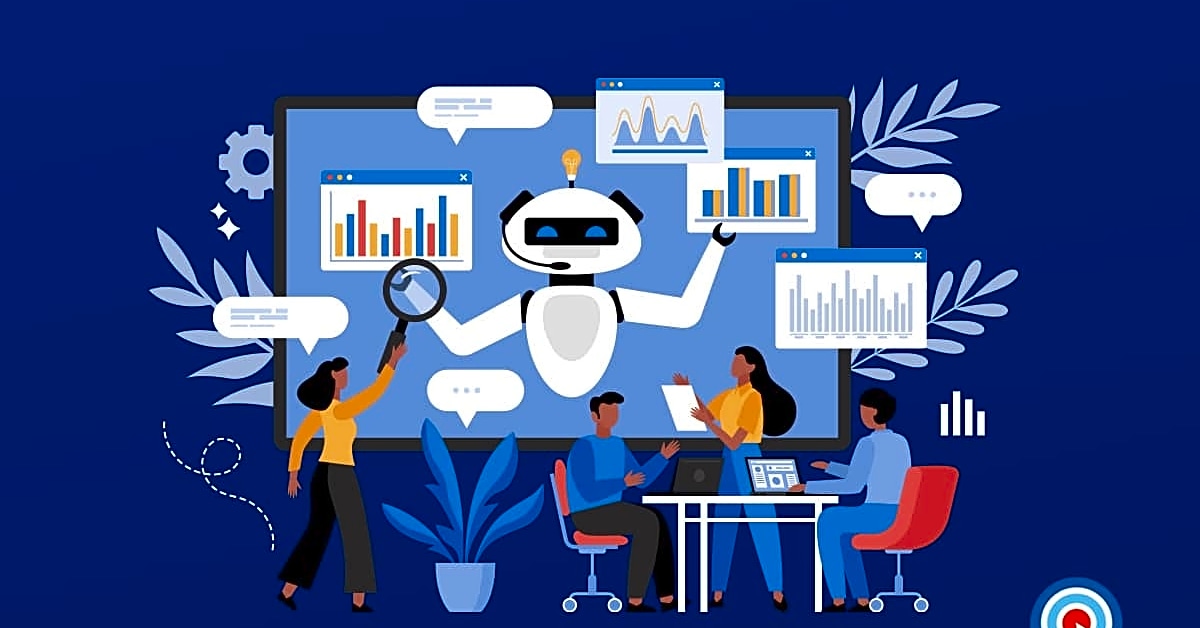In the modern world, companies are constantly striving to understand their customers better in order to provide personalized and targeted marketing strategies. One crucial aspect of this understanding is segmentation, or dividing customers into distinct groups based on their behavior, interests, and preferences. However, traditional methods of segmentation, such as demographics and geographic location, are no longer sufficient in today’s complex consumer landscape. This is where psychographic segmentation comes in – a technique that categorizes customers based on their attitudes, values, and lifestyle. And with the rise of artificial intelligence (AI), this technique is being revolutionized, making it easier for businesses to identify and connect with their target audience. In this article, we will explore the power of AI in psychographic segmentation and how it is transforming the way companies approach customer segmentation and predictive analytics. Join us as we delve into the world of customer segmentation and predictive analytics, and discover how AI is shaping the future of marketing.
First, let’s define psychographic segmentation. This approach to audience segmentation focuses on understanding consumer behavior and preferences based on their attitudes, values, interests, and lifestyles. By using AI and machine learning, marketers can analyze vast amounts of data and identify patterns that were previously impossible to detect. This allows for more personalized and targeted marketing efforts that resonate with consumers on a deeper level.
One of the main benefits of using AI for psychographic segmentation is its ability to process large amounts of data in a short amount of time. Traditional methods of segmentation, such as demographic or geographic segmentation, are limited in their scope and can only provide a basic understanding of consumer behavior. With AI, however, marketers can gather data from various sources, including social media, online interactions, and purchase history, to create a more comprehensive view of their target audience.
Another advantage of using AI for psychographic segmentation is its ability to identify subtle patterns and connections between different data points. This allows marketers to gain insights into consumer behavior that were previously undetectable. For example, AI can analyze a customer’s browsing history and social media activity to understand their interests and preferences, which can then be used to tailor marketing messages that are more likely to resonate with them.
Moreover, AI-powered psychographic segmentation allows for more accurate predictions and targeted marketing efforts. By analyzing past behaviors and preferences, AI can predict future actions and interests of consumers, providing marketers with valuable insights for their campaigns. This not only helps save time and resources but also leads to higher conversion rates and improved customer satisfaction.
One example of successful AI-powered psychographic segmentation is Amazon’s recommendation engine. By using machine learning algorithms to analyze customer behavior, purchase history, and browsing patterns, Amazon is able to make personalized product recommendations that are highly relevant to each individual customer. This not only improves the customer experience but also increases sales and customer loyalty.
In conclusion, AI and machine learning are revolutionizing the way marketers approach customer segmentation and predictive analytics. By utilizing these technologies, businesses can gain a deeper understanding of their target audience, create more personalized and effective marketing campaigns, and ultimately drive business growth. As technology continues to advance, we can expect to see even more innovative uses of AI in psychographic segmentation and other marketing strategies.
The Power of AI in Customer Segmentation
use HTML structure with AI only for main keywords and
for paragraphs, do not use “newline character”
Predictive Analytics: Anticipating Consumer Needs
One of the most valuable benefits of implementing psychographic segmentation is the ability to use predictive analytics. With the help of AI and machine learning, businesses can anticipate the needs and behavior of their customers before they even know it themselves.
This advanced technology allows for a more personalized and targeted approach to marketing, as it takes into account individual preferences, interests, and motivations. By analyzing large amounts of data, predictive analytics can identify patterns and predict future actions, giving businesses a competitive edge in understanding their customers.
For example, a clothing retailer may use predictive analytics to anticipate which items a customer is most likely to purchase based on their past purchases, browsing history, and social media activity. This allows the retailer to tailor their marketing efforts and product offerings to each individual customer, increasing the chances of making a sale.
By staying ahead of the curve with predictive analytics, businesses can not only meet but exceed customer expectations. They can also save time and resources by targeting their efforts towards high-potential customers rather than a broad audience.
Chatbots: The Future of Personalized Marketing
In today’s fast-paced digital world, customers expect personalized and efficient interactions with businesses. This is where chatbots come into play. Chatbots are AI-powered tools that can interact with customers in real-time, providing them with personalized recommendations and solutions.
With the help of machine learning algorithms, chatbots are able to understand customer preferences and behaviors, allowing them to tailor their responses and suggestions accordingly. This not only enhances the customer experience but also helps businesses gather valuable insights about their target audience.
Chatbots are also available 24/7, allowing businesses to provide round-the-clock customer support without the need for human resources. This not only saves time and money but also ensures a seamless and consistent customer experience.
Moreover, chatbots can be integrated into various platforms such as social media, messaging apps, and websites, making it easier for businesses to reach their customers wherever they are. This level of accessibility and convenience further enhances the personalized experience for customers.
As AI technology continues to advance, chatbots will only become smarter and more efficient in understanding and catering to customer needs. This makes them an invaluable tool for businesses looking to improve their customer segmentation and predictive analytics strategies.
Real-World Examples of Successful AI Implementations
One of the biggest benefits of utilizing AI in marketing is the ability to segment customers based on their psychographic profiles. This allows businesses to personalize their messaging and offers to resonate with specific target audiences.
Let’s take a look at some real-world examples of companies that have successfully implemented AI in their customer segmentation and predictive analytics strategies:
1. Netflix
Netflix has been a pioneer in using AI for customer segmentation and personalization. By analyzing user behavior, preferences, and viewing history, Netflix’s recommendation engine uses AI algorithms to suggest personalized content for each user. This has helped the streaming giant to increase customer retention and engagement.
2. Sephora
Sephora, a global beauty retailer, has leveraged AI to create personalized product recommendations for its customers. By analyzing customer data such as purchase history, skin type, and product preferences, Sephora’s AI-powered Beauty Insider program provides tailored recommendations for each customer. This has resulted in increased sales and customer satisfaction.
3. Starbucks
Starbucks has also implemented AI in its marketing strategies by using its mobile app to collect data on customer purchases and preferences. With this data, Starbucks has been able to create personalized offers and promotions for its customers, increasing customer loyalty and sales.
These are just a few examples of how companies are successfully utilizing AI in their customer segmentation and predictive analytics. By understanding their customers’ psychographic profiles and using AI to personalize their marketing efforts, businesses can gain a competitive edge in today’s digital landscape.
In conclusion, psychographic segmentation powered by AI and machine learning is a game-changer for digital marketing. By understanding your audience on a deeper level and anticipating their needs, you can create more personalized and effective campaigns. As technology continues to evolve, it’s important for businesses to stay up-to-date and embrace the benefits of AI in their marketing strategies.


